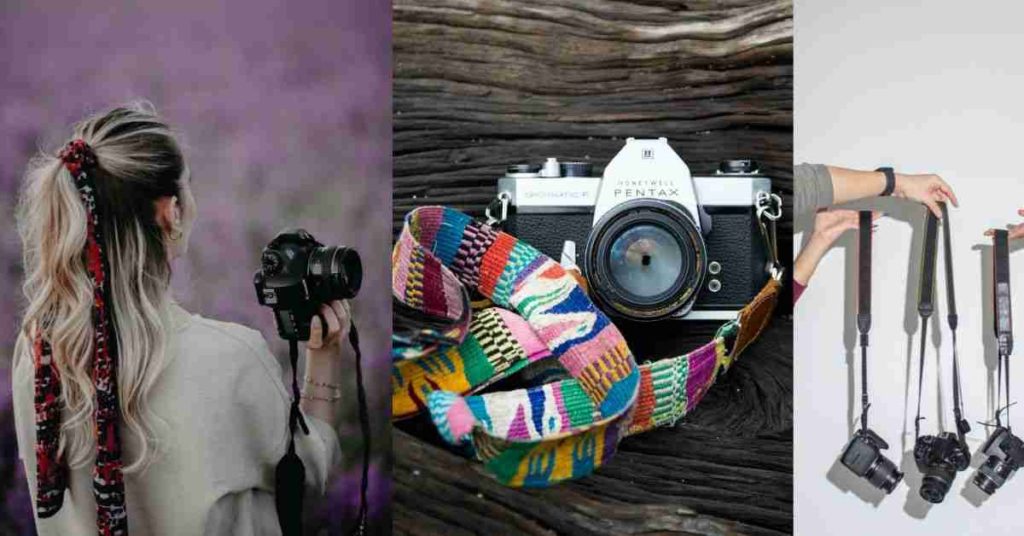The types of materials used in camera straps are of utmost significance, as they impact the straps’ durability, comfort, and overall utility. There is a wide array of materials commonly used in the construction of camera straps, each with its own unique qualities to cater to diverse preferences and needs. This exploration will take a closer look at the various materials frequently employed in the design of camera straps, shedding light on their individual characteristics, and assisting you in making an informed choice for your photography gear.
7 Different Types of materials used in camera straps
- Nylon
- Leather
- Fabric
- Climbing Rope
- Neoprene
- Paracord
- Cotton
Nylon
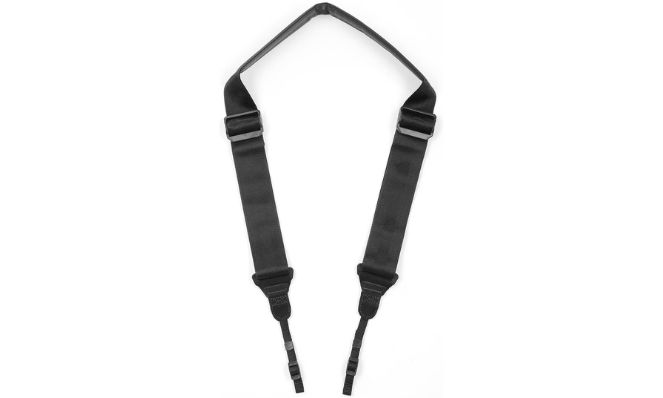
Nylon is one of the most popular types of materials used in camera straps. It’s strong, lightweight, and weather-resistant. Nylon is also relatively inexpensive, making it a popular choice for budget-conscious photographers. However, nylon can be slippery, which can make it difficult to keep your camera strap from slipping off your shoulder.
Pros
- Strong
- Lightweight
- Weather-resistant
- Inexpensive
Cons
- Slippery
Leather
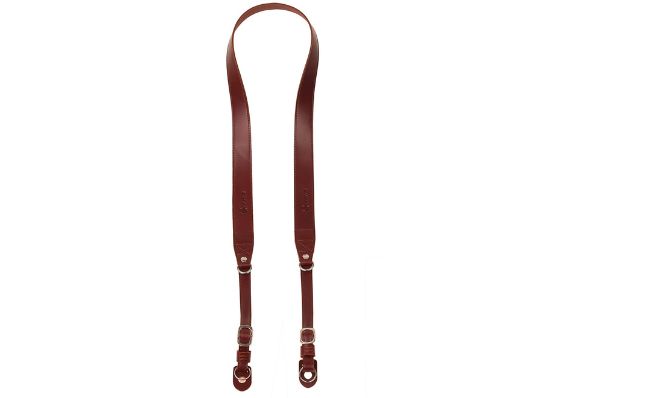
Leather is another common material used in camera straps. It’s strong and durable, and it has a luxurious feel that many photographers find appealing. However, leather is also relatively heavy and can be expensive. Moreover, it’s not good water-resistant and can be smelly when exposed to wet conditions.
Pros
- Strong and durable
- Luxurious feel
Cons
- Heavy
- Expensive
- Not good water-resistant
- Can be smelly when exposed to wet conditions.
Fabric
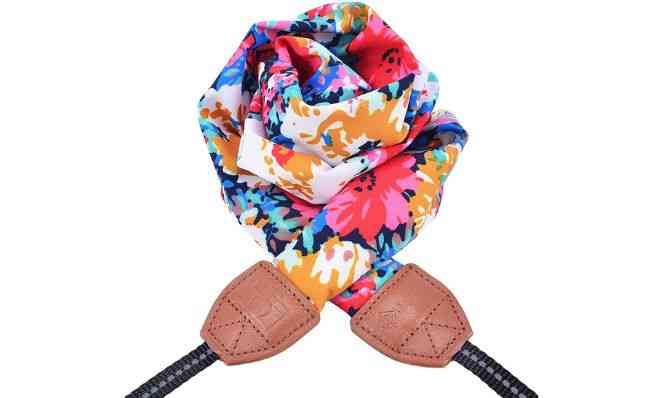
Fabric is another popular choice for camera straps. It’s lightweight and often quite colorful, which can make your camera strap stand out from the crowd. Fabric is also relatively inexpensive. However, it’s not as strong as nylon or leather and can be prone to wear and tear.
Pros
- Lightweight
- Colorful
- Inexpensive
Cons
- Not as strong as nylon or leather
- Prone to wear and tear.
Climbing Rope
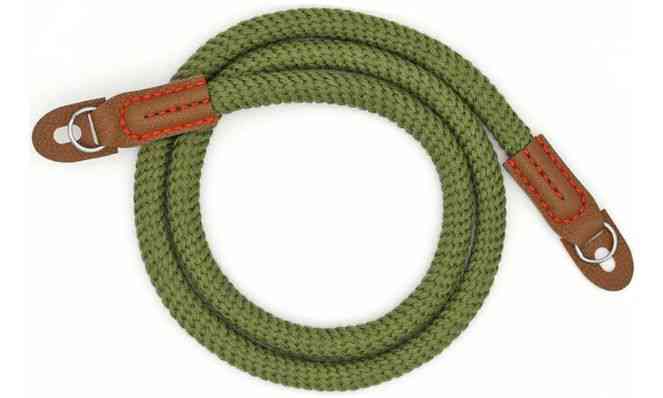
Climbing rope straps are becoming popular because of their lightweight and durability. It can withstand the weight of a person, so imagine its durability. Moreover, it has a rustic appeal that many photographers find appealing. However, a rope can be slippery and can get stiff.
Pros
- Lightweight
- Durable
- Rustic appeal
Cons
- Can get stiff.
Neoprene
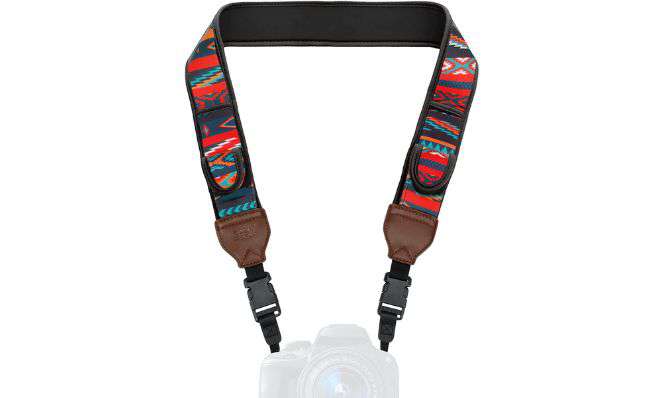
This synthetic rubber material is often used in camera straps because it is a strong, stretchy, lightweight, and affordable choice. It also has some water resistance, making it a good choice for photographers who often shoot in wet conditions. However, neoprene can be slippery, which can make it difficult to keep your camera strap from slipping off your shoulder. Moreover, they can be hot, so not ideal for wearing in dry conditions.
Pros
- Strong
- Lightweight
- Affordable
- Water-resistant
Cons
- Slippery
- Hot in dry conditions.
Paracord
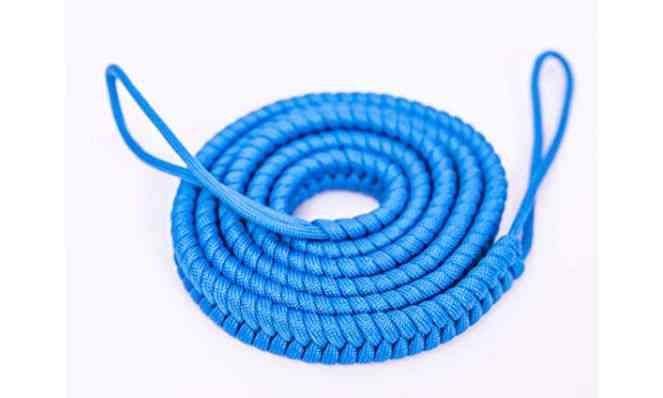
A paracord is a short form of parachute cord. This material is made up of multiple strands of nylon or polyester that have been braided together. Paracord is relatively inexpensive, lightweight, strong, and durable, and it has a rugged look that many photographers find appealing. However, the paracord can be slippery and can easily become tangled.
Pros
- Inexpensive
- Lightweight
- Strong
- Durable
- Rugged look
Cons
- Slippery
- Easily becomes tangled.
Cotton
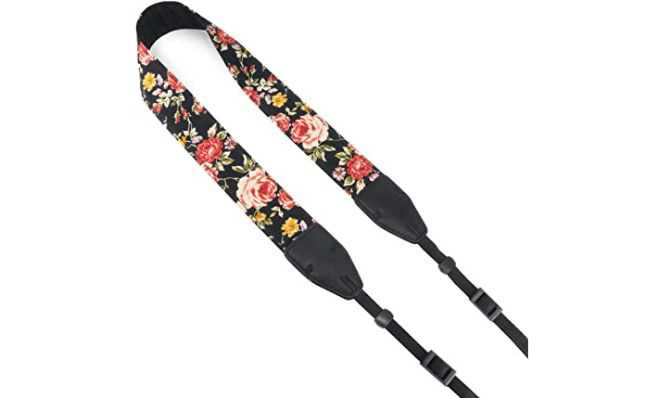
This natural fiber is often used in camera straps because it is strong and durable, and it has a soft, comfortable feel. However, cotton is not water-resistant, so it may not be the best choice for photographers who often shoot in wet conditions.
Pros
- Strong and durable
- Soft, comfortable feel
Cons
- Not water-resistant.
Conclusion: What’s the best material for a camera strap?
When choosing any of the different types of camera straps, it’s important to consider the advantages and disadvantages of the types of materials used in the camera straps. Moreover, it’s also important to see what suits your camera model, how compatible it is, and what you want from it.
Nylon is strong, lightweight, and weather-resistant, making it a good choice for photographers on the go. Leather is durable and has a luxurious feel, making it a good choice for those who want a high-quality camera strap. Fabric is lightweight and colorful, making it a good choice for budget-conscious photographers who prefer designed straps. The climbing rope is lightweight and durable, making it a good choice for those who want a strong strap. Similarly, paracord is for camera owners who find its rugged look appealing. While cotton is for those who prefer their strap smooth and soft in use.
However, most people settle down for Nylon and leather. In fact, the leather vs nylon debate is always on. And you’d always hear photographers debating on which one is the better option between the two for camera straps.
Ultimately, the best type of material for you depends on your individual needs and preferences. So, whichever strap material you choose, be sure that it’s durable and can protect your valuable camera from potential damage. And consider all of your options before making a decision.
Related articles:

